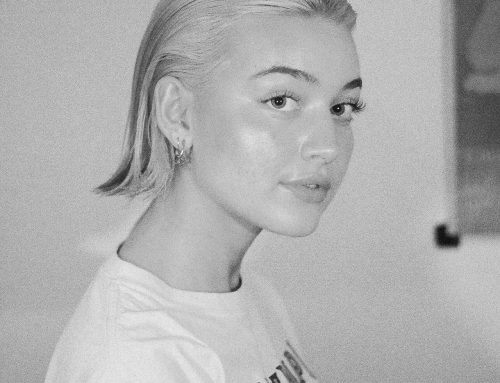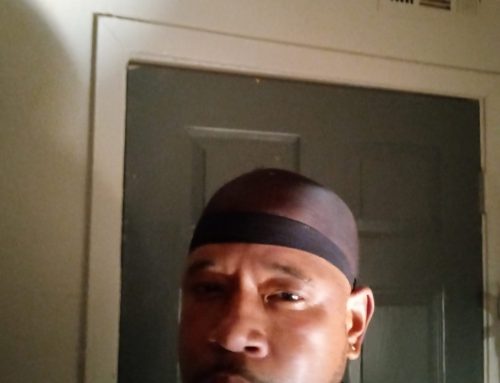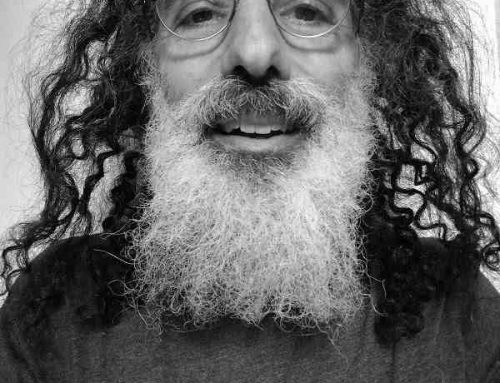NIGHT TERRORS
I understood suicide the very first time I heard of it around age 11, I had been committing it every night in my sleep for a decade. My earliest memories at 18 months old were of night terrors that included a suicidal death. Wads of snakes in various sizes, colors and patterns slithered out of a pit in our basement, up the flights of stairs and chased me down the long hallway to my bedroom, coming under the door and towards me where I crouched in the corner of my bed. It was not far away enough. As they made their way up my toes, I leaped to my death out the window and had an overwhelming sense of calm flood over me: relief. I never dreamed of hitting the ground, but I knew I was dead. I would then startle awake and the snakes’ slick skin could still be felt on my legs, like a cold lick. I hate to be licked. Even now. I am afraid of dogs because they lick, not because they bite. Suicide = relief was the math I knew at a very young age.
So those were the “night terror years”. Imagine having that nightmare almost every night of your childhood! The “rage” years began at age eight. I once knocked a kid’s head into the wall; it hit a light switch and bled like a head wound. Even though he had it coming, the guilt I felt capped my rage forever like a cork, fermenting in the bottle like kombucha. I never let it out again, thankfully; a teacher once told me that the right to swing my fist ended where the other person’s face began. That made sense to me: I had the right to my rage, but that I had to keep it in my bottle.
CUTTING
My teen years were riddled with suicidal thoughts and self-harm tendencies. I was strong-willed, rebellious, and once cut my arm to the bone five times just to prove a point. My mom was a nurse and I had above-average intelligence, but neither of us figured out how badly I needed help until years later. That long story short, the manias and depressive episodes really escalated in college, although it wasn’t until a committal my senior year of college that led to a diagnosis of Bipolar 1. “Quite a severe case in fact”, as my first psychiatrist seemed fond to say.
Fast forward….I SUFFERED. HORRIBLY. FOR YEARS. Then I found a natural treatment that worked for me after I had kicked all my meds and was terribly unstable in my first couple years of marriage with a newborn that I could barely wash bottles to feed. I had to choke down 32 horse pills a day back then, filled with gobs of dog-food-tasting minerals, burping them back up and farting sulphur. But they got me better. So much better that I went on to get off of food stamps and public housing, go into “remission” hiding, shake stigma, and become a business woman of the year. I still have to take the pills filled with “dog food”. But only 4-8 a day now as the formula improved. This blog is called Stigma Fighters, and is what I really want to talk about.
STIGMA FROM PEERS
Fighting Stigma. I was free of stigma for TEN years while my disorder was in remission. No one knew of my past suffering; my own husband of twelve years did not know the details of my sickness. Speaking out was by far the most difficult thing I have ever done. Why? What’s the big deal? So what I was diagnosed bipolar…a few people told me, but they did not know that every shameful thought, action, and thing done to me came out of that word: the date rapes, the bad decisions, the spending sprees, the lost relationships. So raising my hand, writing my book, and speaking out was not for me, but for you, the one reading this who can relate.
But stigma is palpable, heavy, whispers and career-shattering. It is friend-killing, relationship-destroying and disorder-inducing. How do I know? Because I raised my hand, up out of a “normal” crowd that I had blended into for years, and volunteered to have it return to my life. What I was not prepared for, when I wrote my book Med Free Bipolar, now a best seller on Amazon for two years running, was that the group of people I would face the most opposition from, was the very peer group I was trying to help. The book I never wanted to write, the story I did not need to tell, for the very people I wanted to help, were not there for me when I came out finally and told it.
I expected opposition from pharmaceutical companies obviously, and having worked in the media with a degree in Journalism, I expected opposition from the media also, their advertising dollars heavily backed by the pharm industry. I expected opposition from psychiatrists and other doctors, not because I was against meds, but because I showed another way, one that might shorten their reach into deep pockets. But the one thing that cut me, took my breath away and almost drove me back to crazy, was the response from the bipolar & mental health community. All I did was share my story. But it seemed people did not want stories of hope and triumph, or alternatives to meds and symptoms.
I will not stop trying to help save from drowning the very people who would drown me with them. I know how bad it hurts there. I seek to spare one child from night terrors, one teen from drowning emotional pain in the real pain of self harm, one mother from the love-less numbing emotions that meds can bring. But let us fight stigma by embracing ALL methods of dealing with these horrible disorders. Let us raise awareness of recovery, by the sick and recovered alike. Let us inspire hope and healing, options and discoveries in medicine, therapies, and natural methods of treatment. Let us embrace each other as peers, as professionals, as mothers and sisters and daughters and sons. Let us foster recovery by most means necessary, and rally around each other and our differences. Let us accept the medicated and the unmedicated and the self-medicated. Even those like me, who thrive naturally med free, symptom free, but not yet stigma-free.
 Aspen’s young career as an international investigative journalist ended abruptly in a hospitalization to a padded cell with a drain in the floor. Told she should apply for disability and not have children due to her mental illness, at age 22, Aspen had given up hope life would ever be normal again. Med free now for 13 years, Aspen shares how she beat the odds and naturally controls her Bipolar 1 with schizophrenic tendencies, psychosis, self-harm tendencies, anxiety, sensory issues, severe insomnia, and ADD symptoms. From food stamps to a business woman of the year, Aspen has spent the past ten years putting her investigative skills to use to bring to light the latest and greatest natural remedies in mental health care. Featured on TV and magazine covers, she educates on natural treatment options as an alternative to being medicated, “unmedicated”, or “self-medicated”. She envisions a future where everyone suffering from mental illness can enjoy a symptom-free life. After all, “Normal” is just a setting on the dryer. She is the best-selling author of Med Free Bipolar (Amazon), and the upcoming releases: Eat Weird. Be Normal, and Med Free Child.
Aspen’s young career as an international investigative journalist ended abruptly in a hospitalization to a padded cell with a drain in the floor. Told she should apply for disability and not have children due to her mental illness, at age 22, Aspen had given up hope life would ever be normal again. Med free now for 13 years, Aspen shares how she beat the odds and naturally controls her Bipolar 1 with schizophrenic tendencies, psychosis, self-harm tendencies, anxiety, sensory issues, severe insomnia, and ADD symptoms. From food stamps to a business woman of the year, Aspen has spent the past ten years putting her investigative skills to use to bring to light the latest and greatest natural remedies in mental health care. Featured on TV and magazine covers, she educates on natural treatment options as an alternative to being medicated, “unmedicated”, or “self-medicated”. She envisions a future where everyone suffering from mental illness can enjoy a symptom-free life. After all, “Normal” is just a setting on the dryer. She is the best-selling author of Med Free Bipolar (Amazon), and the upcoming releases: Eat Weird. Be Normal, and Med Free Child.






Leave A Comment